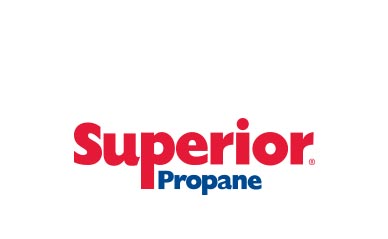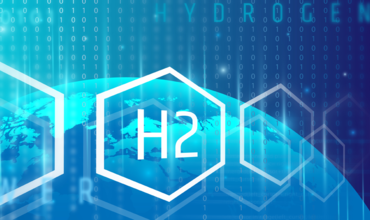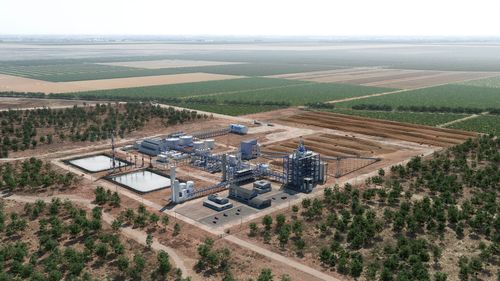Mote Inc. has received $1.2m in grant funding to establish its second biomass to hydrogen and carbon sequestration plant in partnership with the Sacramento Municipal Utility District, according to a news release.
As Mote’s hydrogen offtake partner for the second facility in Sacramento, SMUD and Mote have been collaborating on the project development. Upon completion, the facility would produce approximately 21,000 metric tons per year (MTPY) of carbon-negative hydrogen for use in thermal power generation and transportation.
The money comes from the US Forest Service, the California Department of Conservation, and the California Department of Forestry.
“Similar to its first project near Bakersfield, this second plant will integrate with carbon capture and geological sequestration methods to produce carbon-negative hydrogen,” the release states. “Mote can process woody waste from farms, forestry, and urban sources. The remaining carbon dioxide from the process is captured and permanently placed underground in saline aquifers for ecologically safe storage.”
Mote has received a formal invitation to submit a Part II application to the Department of Energy Loan Programs Office Title 17 Clean Energy Financing program, which can offer loan guarantees up to 80 percent of eligible project costs.
Bakersfield construction is expected to begin in 2025 and target full operational capacity by 2027.
Mote is a member of the ARCHES community and their application for the DOE’s Regional Clean Hydrogen Hub grant.








